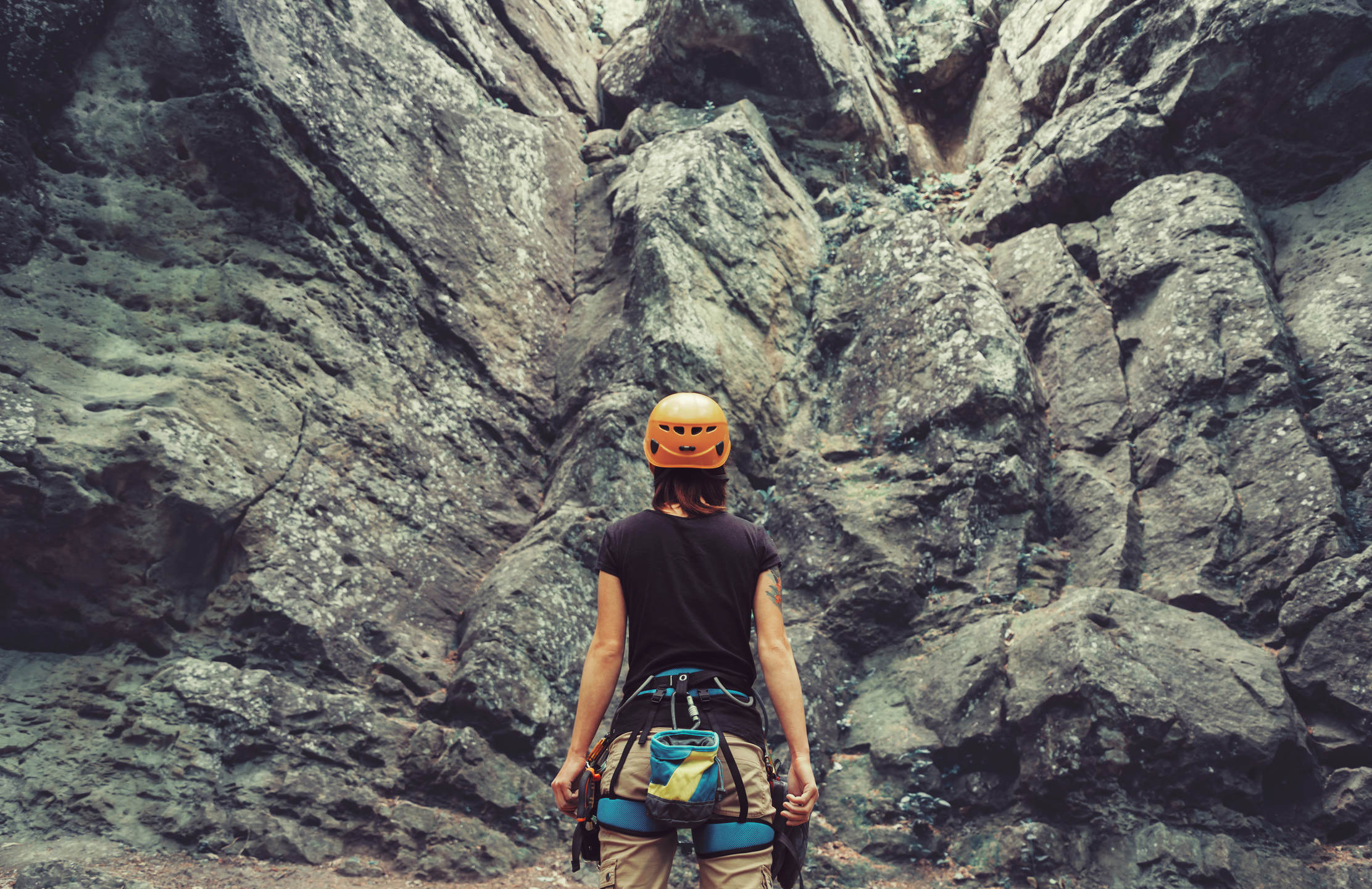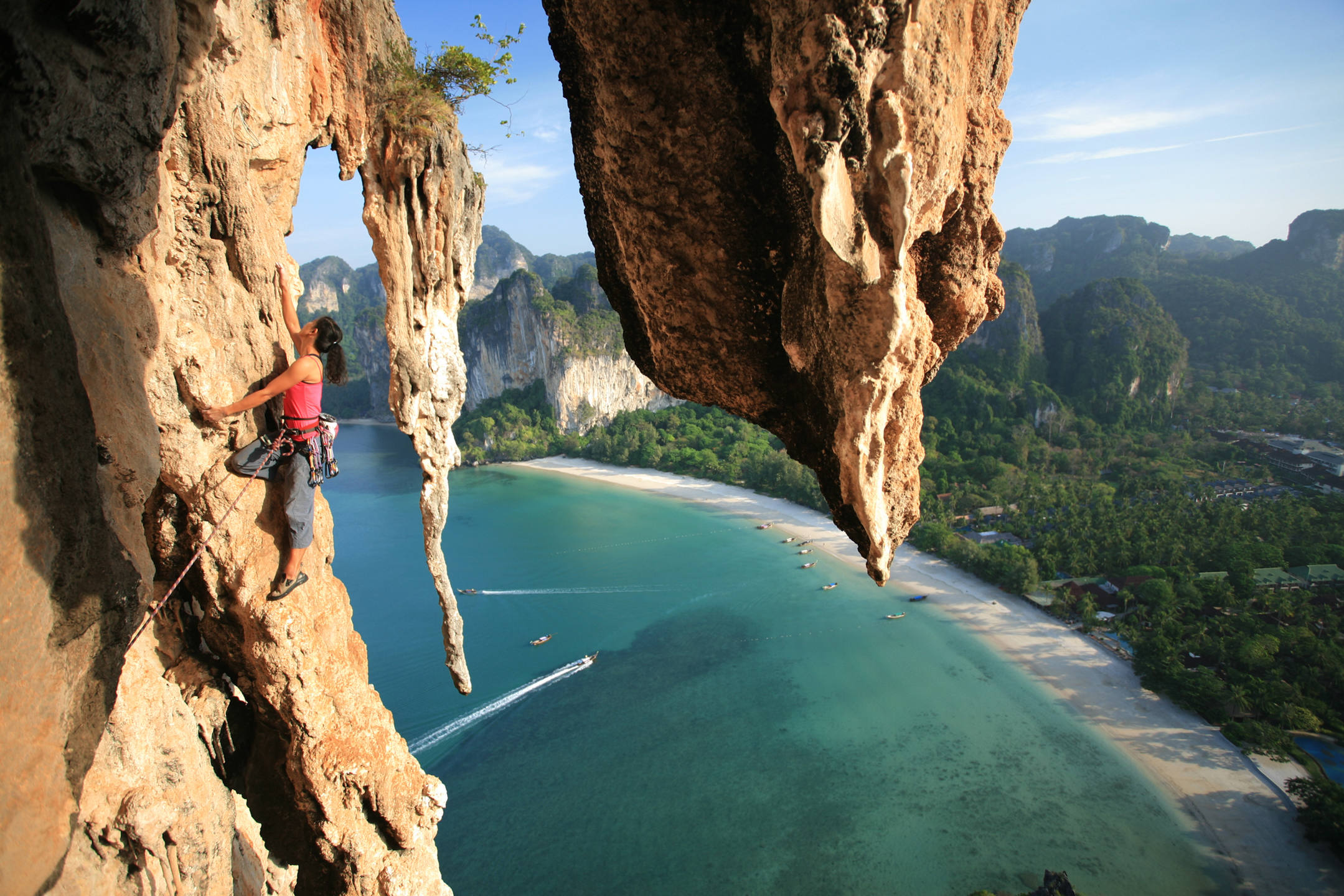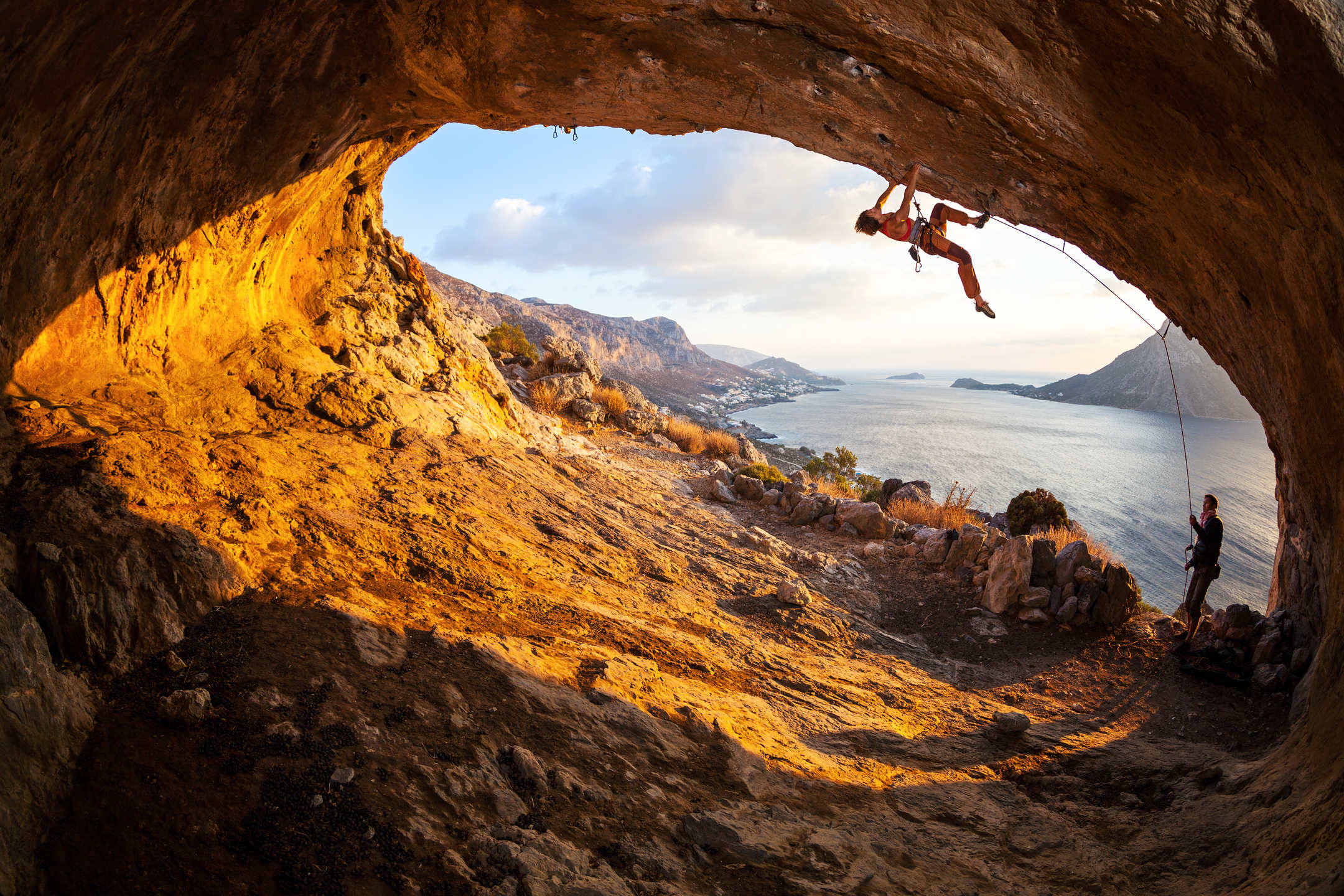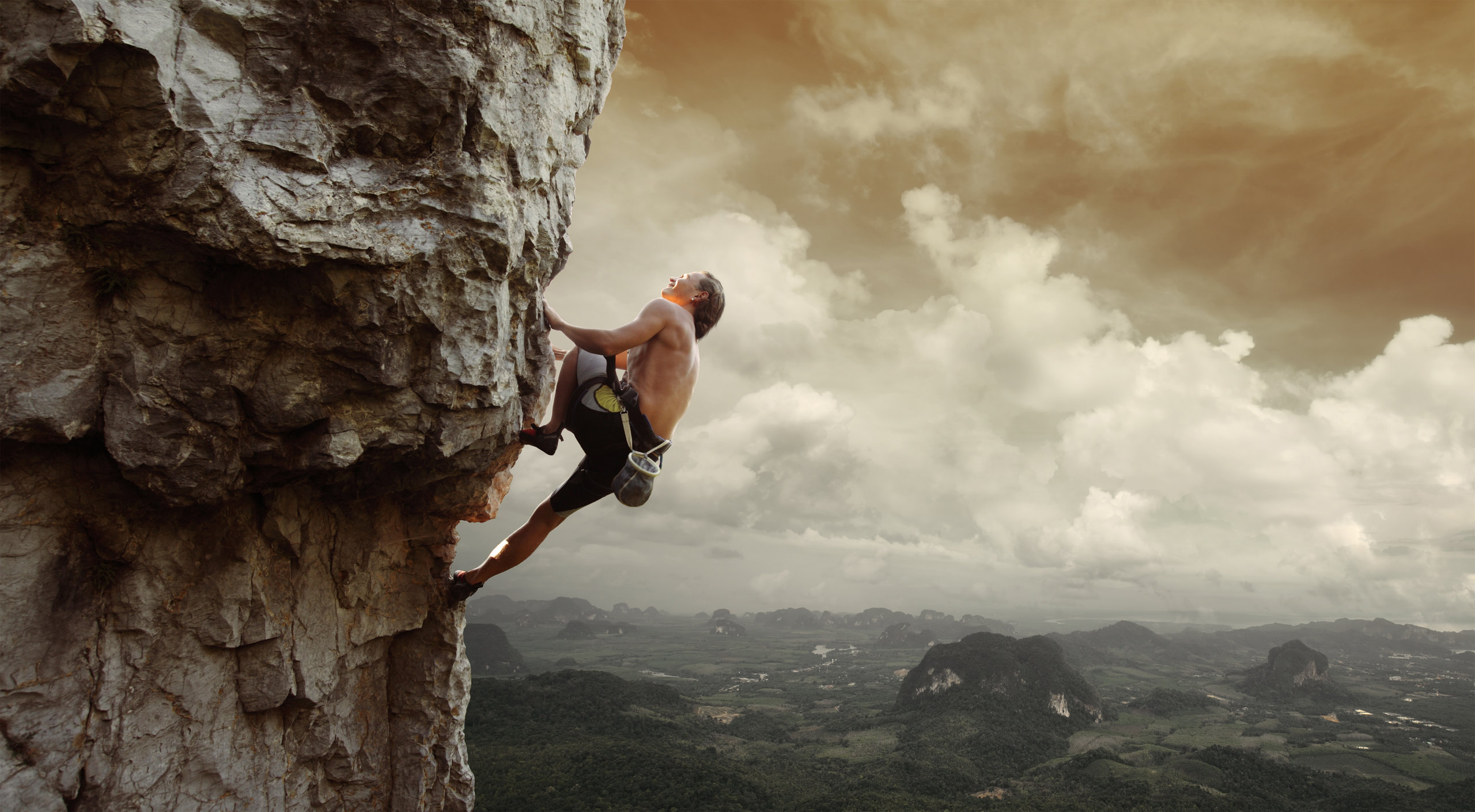Rock climbing is both thrilling and rewarding, but if you have never done it, how do you know where to start from?
Or if you have been dabbling in this fun sport, what tips can help you get really good at it?
Install MyStart Theme for Google Chrome
Here is how you can keep the passion burning and ace your game.
Getting Fit!
Getting better at any sport requires both physical and mental labor. You must first develop the right mindset and know that your only competition is with yourself. Being self-driven goes a long way, as it helps you set reasonable targets and will constantly push you to do better.
When you learn to challenge yourself, you will take accountability for your progress, practice more patiently, and find lessons in failures. This is the core of becoming good at anything in life.

If you have lived a sedentary life before, you have to start by exercising those muscles before getting in the groove of rock climbing. A lot of physical factors such as your height, weight, athletic ability, and muscle mass will play into your success.
You do not need prior experience as a rock climber, but you have to put in the work. Train yourself to improve your forearm, leg, and upper back strength, so you can practice and gain the required body strength.
Learning the V and YDS Scale
You can start by going to a rock-climbing gym and either climb with other climbers or hire a coach. While a coach can help you become a professional, as an independent climber, you can still get a good estimate of your performance by knowing the difficulty grade of rock climbing measured in the Yosemite Decimal System that goes from 5.0 to 5.15 and bouldering measured Using the V scale that goes from V0-V9+.

Rock Climbing Indoor Versus Outdoor
There are outdoor rock-climbing circuits, and then indoor gyms; they are both equally important to practice and set up your routines. As a beginner, you have to start off with a gym where the environment is controlled and relatively safer.
You need to be mentally prepared for injuries and falls (however minor), and get the required athletic gear that includes a helmet, shoes, a harness, chalk and chalk bag, a locking carabiner, and a belay device.
For outdoor rock climbing, you will need more protective gear, a climbing rope, slings, quickdraws, and large locking carabiners.
The major difference between the two, aside from environmental factors, is the footwork required. Indoors, you will have markings to guide you where you place your foot, but outdoors you have to carefully decide each move.

Climbing Like a Pro!
For beginners, setting up a routine where you climb twice per week with gaps between those days is a good start, and you can gradually build yourself to add more days. No matter what you do, you have to be consistent.
This means you have to climb every rock, boulder, and wall that you can and continuously develop your skills. Focus on your technique and building your strengths. Are you confident in your gripping? Does your footwork need improvement? These are things you will learn as you practice more and more.
You must learn to distribute your body weight with each move and make sure neither side of your body must hold more than 60-65% of your total weight. You can do this by shifting your hips and adjusting your body’s position to the wall, and make sure it remains close to the wall.
This preserves your precious energy since you don’t have to reach with your arms to cover that extra length. Also, since legs have more muscle mass than your arms, use them to push yourself instead of straining your arms.
As you grow more confident, start by changing your location. If you are climbing indoors, go outside. Try out new gyms, new areas, and new rock types while continuously switching your climbing disciplines.

Plan, Execute, Retry- Redpoint
It is important to accept fear, but it is more important to not let it get in your way. For the tough climbs where you fear falling, a good strategy is to redpoint. Simply hike to the top, spend some time devising a strategy, test out some moves, and break the whole process down.
Remember the moves and linking sequences, keep practicing on the top rope, clip and extend your draws- keep repeating these till you are confident enough to cruise through the whole climb.
No matter where you are at in your rock climbing journey, you need intent and discipline to improve. Remember that grades do not define your skillset, it is how easy, and natural rock climbing feels to you. And your ability to challenge yourself proves that you are a badass climber!
Install MyStart Theme for Google Chrome










